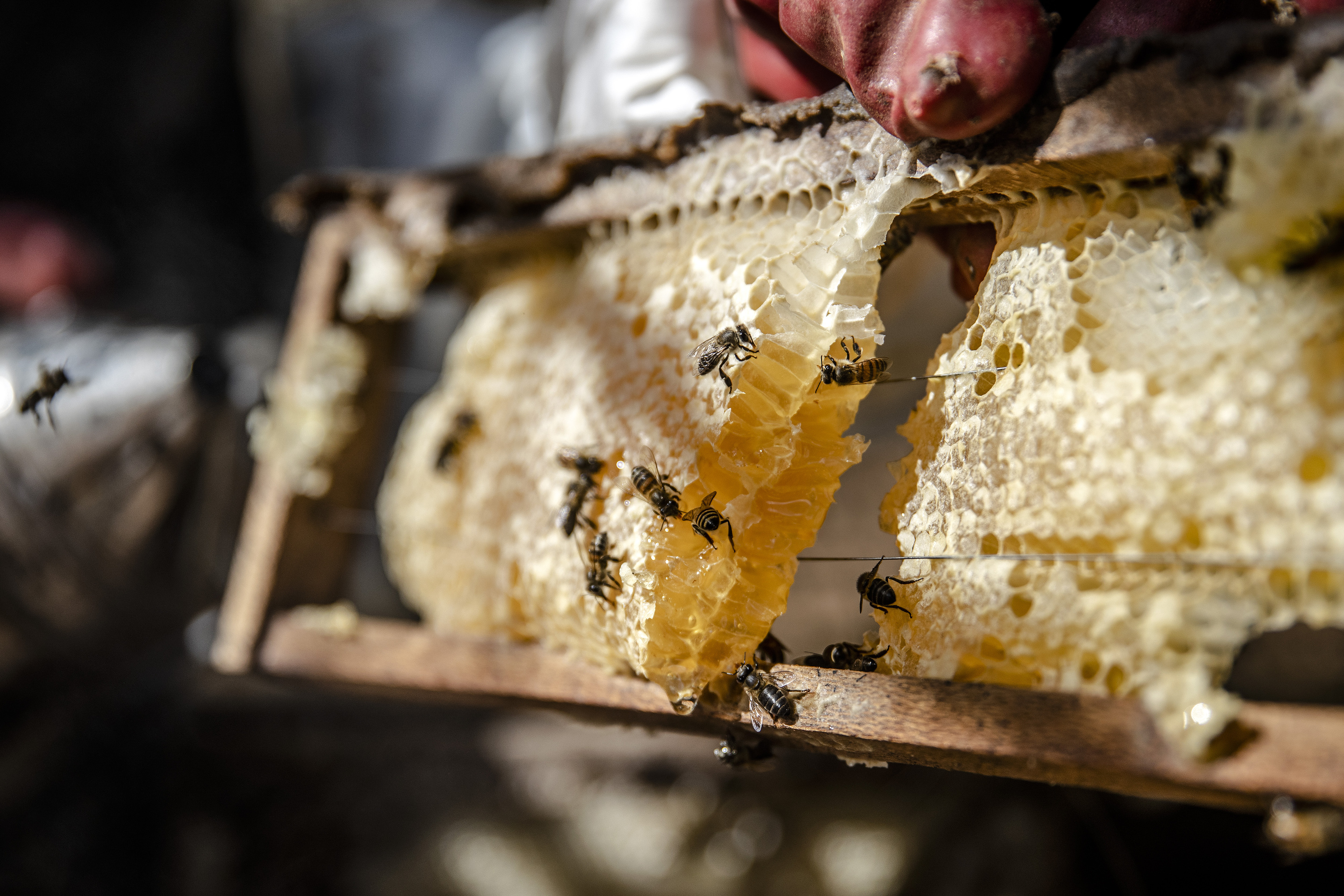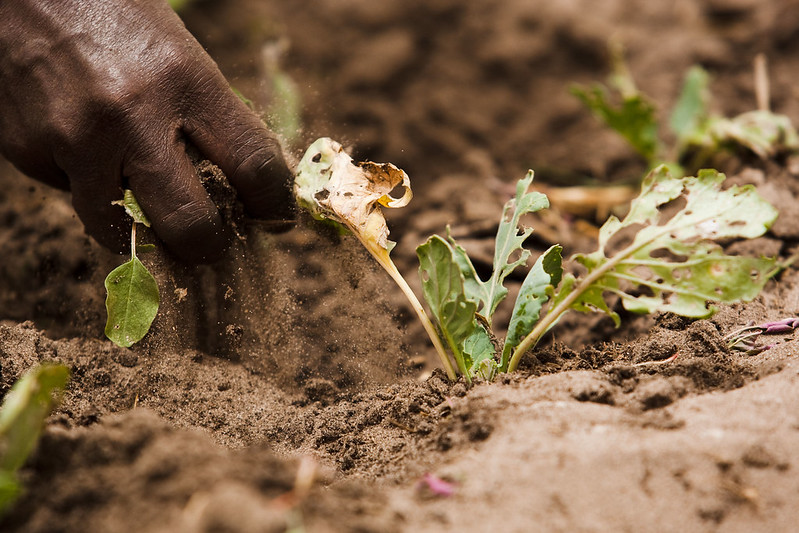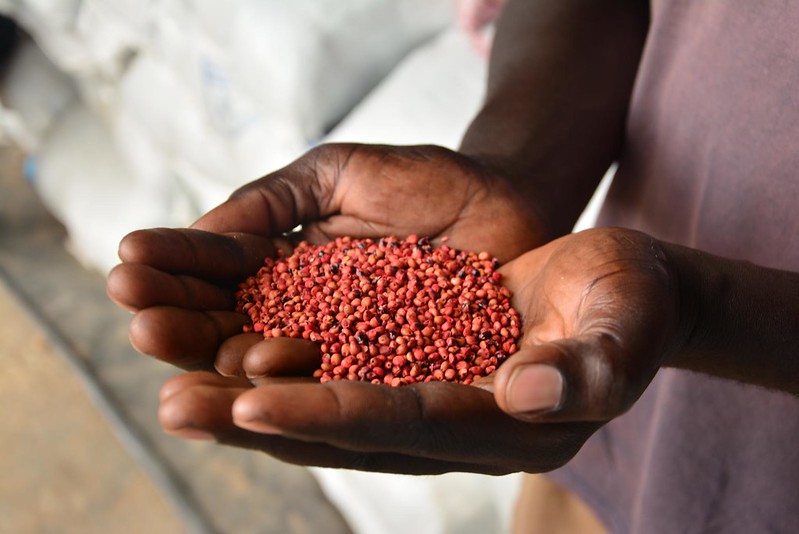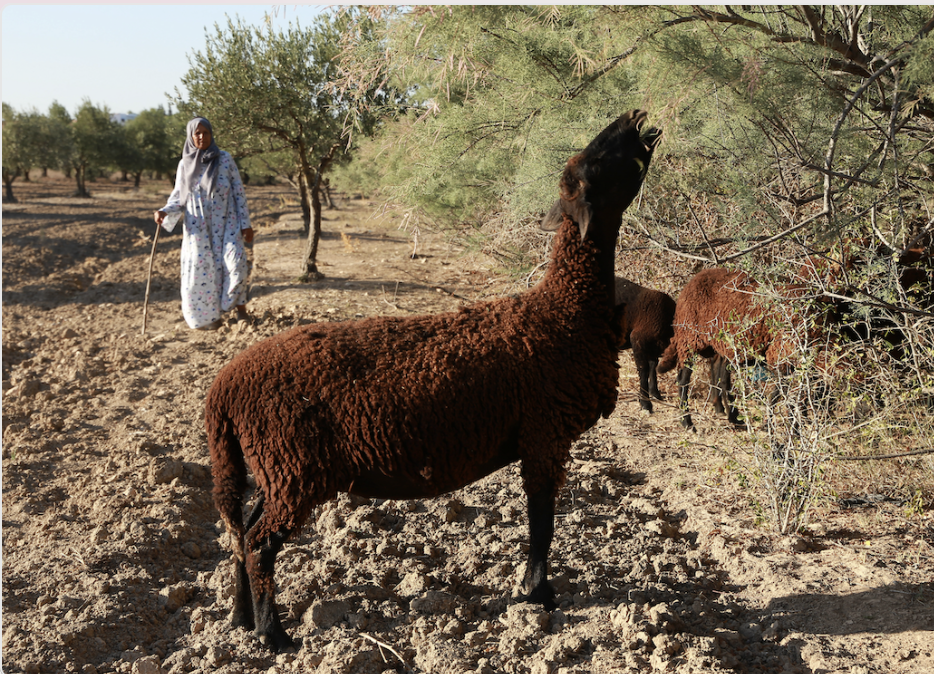Biodiversity is the foundation of sustainable agricultural production and food security.
Agrifood sectors – crop and livestock production, fisheries, aquaculture and forestry – manage significant parts of the land, freshwater and oceans. They depend on biodiversity and the ecosystem services it provides. But they also affect biodiversity in both positive and negative ways, impacting on livelihoods, food security and nutrition.
FAO’s projects, programmes and knowledge products help countries use, conserve and restore biodiversity in agrifood systems. This work is a key priority for FAO in its efforts to achieve its vision of a sustainable and food secure world for all.
Key facts and figures
Publications

The Agri-NBSAPs Support Initiative: Supporting countries in their National Biodiversity Strategies and Action Plans for the agrifood sectors
29/10/2024
The Agri-NBSAPs Support Initiative: Supporting countries in their National Biodiversity Strategies and Action Plans (NBSAPs) for the agrifood sectors,...

Delivering on the Kunming-Montreal Global Biodiversity Framework through agrifood systems
23/10/2024
Amid accelerating biodiversity loss and growing threats to ecosystems, sustainable agrifood systems can play a crucial role in reversing these trends...

Action Plan for the implementation 2024–2027
01/05/2024
The Action Plan reflects experiences gained from the implementation of the 2021–2023 Action Plan.






